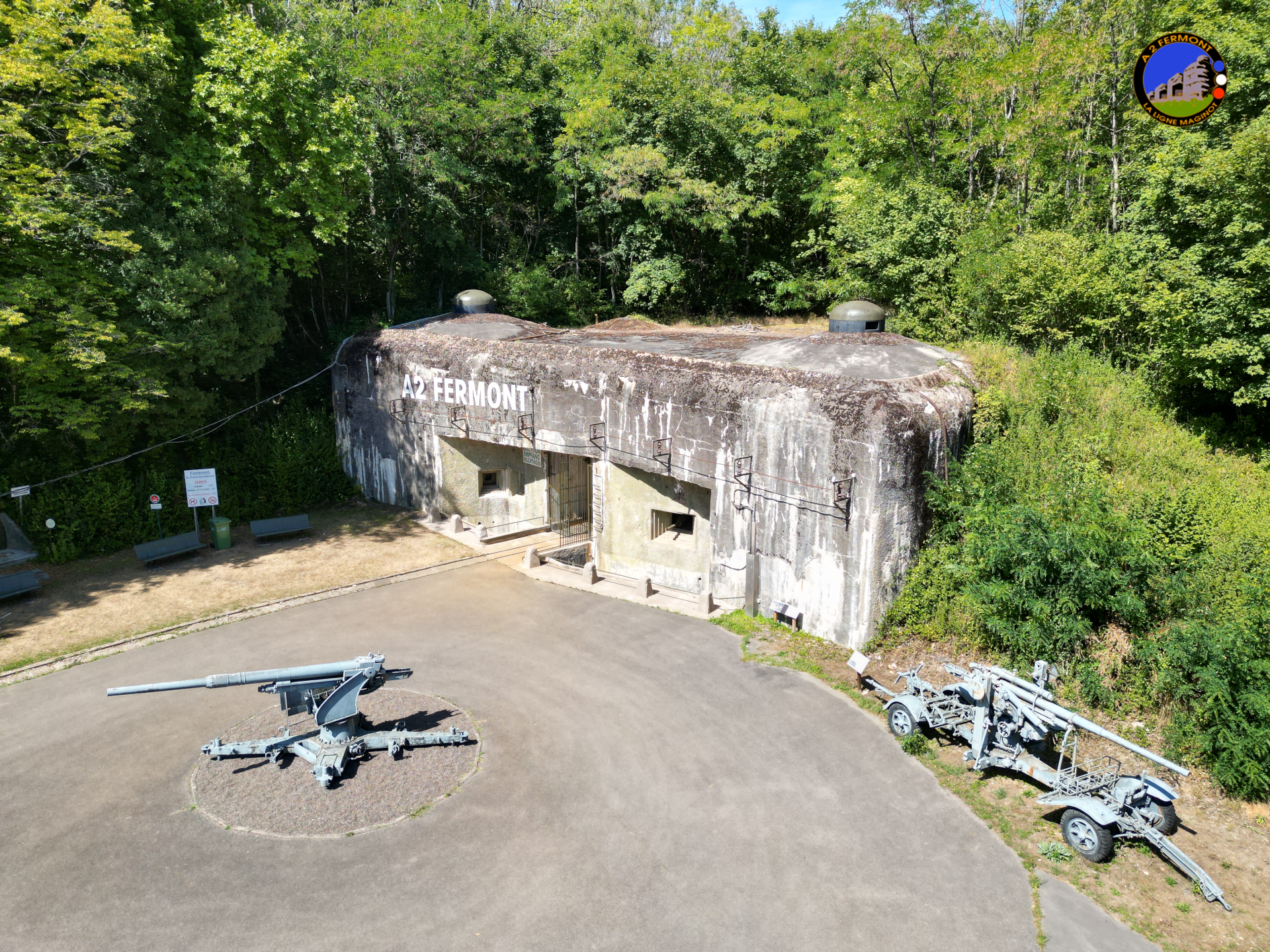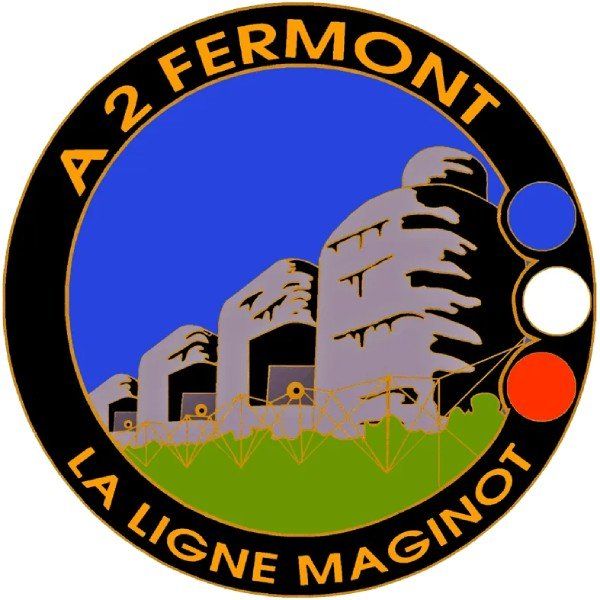
Le Fort de Fermont and its museum
An exceptional site to discover the Maginot Line.
Fermont More than 2 hours of visit to discover
the Maginot line
The Maginot Line is undoubtedly the most famous of contemporary fortifications but certainly also the least known; by visiting the FERMONT structure you will be able to better understand what it really was and discover all its techniques, materials and organization.
FERMONT is indeed a journey that takes you sometimes 30 meters underground, to the heart of the structure, sometimes on the surface, in the middle of the combat blocks whose surroundings still bear the scars of the fighting of 1940. A journey of approximately 1.2 km by small electric train will take you to the foot of block 4 which is an artillery casemate that you will visit and from where you will reach the outside.
On the surface, you will discover the other combat blocks, including the 75 turret of block 1, and learn how the FERMONT structure, attacked from the rear on June 21, 1940, resisted all German assaults under the orders of Captain Aubert and held out until the armistice.
FERMONT is also, in front of the Munitions entrance, the OUTDOOR MUSEUM which contains most of the equipment used on the MAGINOT LINE.
There are notably three artillery turrets from the BREHAIN structure which are the only ones in France to be presented to the public in this way,
and two turrets recovered from Fort MOLVANGE, one of 75.32 and a twin machine gun turret.
FERMONT is finally the MEMORIAL raised in memory of the Fortress Troops "delivered to the enemy without having been defeated" to remind everyone that
the MAGINOT LINE still held on to the armistice of June 1940. FERMONT is more than two hours dedicated to remembrance…
Major work of The Maginot Line
The Fermont fortification, a fortified complex over a length of 8 km, covering an area of 27 ha, is located between Beuveille and Longuyon, 50 km from Verdun.
70 km from Metz, 40 km from the city of Luxembourg, at the gates of Belgium.
The work includes 7 combat blocks built partly on the territories of Montigny sur Chiers and Viviers sur Chiers.
All of the galleries of the Ouvrage are located at an average level of 30 m below ground, access is possible by stairs or by 6 freight elevators, two of which were designed to receive equipment and ammunition. The main gallery, approximately 1 km long, is equipped with a trolley and a 60 cm track where locotractors run, powered by 600 volt direct current, produced on site by a power plant equipped with four 225 hp generators. Captain AUBERT and the Fermont crew left the structure on June 27, 1940 in front of a German military detachment.
.
It would have been unfortunate if the Fermont structure, unconquered on May 8, 1945, the day of the armistice, had suffered the common fate of dismantling by scrap metal dealers. It was in this spirit that the Association of Friends of the Fermont Structure and the Maginot Line was created, whose aim is to promote the Fermont Structure
Opened to the public on June 12, 1977, Fort Fermont, with its Maginot Line Museum, unique in France, continues to receive many visitors,
thanks to the teamwork of around fifty volunteers (guides, cashiers, electricians, mechanics, train drivers).






